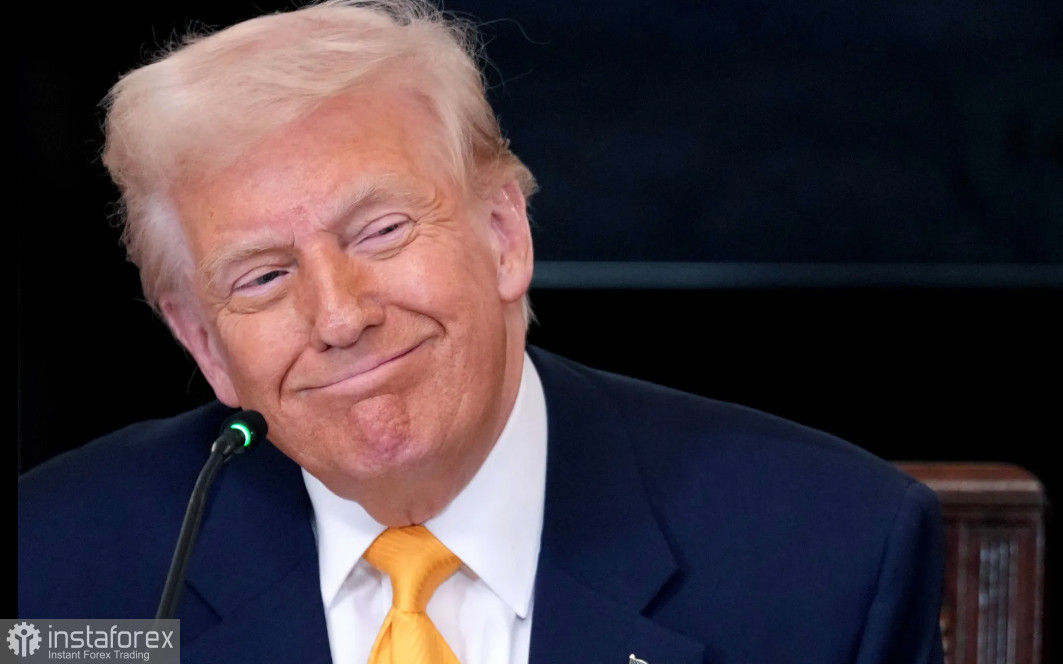Yesterday, the U.S. Congress missed the midnight deadline for funding submissions, which led to the first government shutdown in nearly seven years — and the third under President Donald Trump.
The White House Office of Management and Budget ordered agencies to implement their contingency plans for a funding lapse, which will halt government operations except for essential duties, disrupt the work of hundreds of thousands of Americans, and shut down many federal services.

Both parties have reached a deadlock over healthcare subsidies. Experts note that the shutdown and its economic consequences could drag on. If it lasts for three weeks, the unemployment rate could rise to 4.6–4.7% from 4.3% in August, as furloughed workers are counted as temporarily unemployed.
Against this backdrop, Trump announced that his administration would use the shutdown to conduct mass layoffs of federal employees, going beyond the temporary furlough that has already affected an estimated 750,000 government workers. This move could worsen the economic fallout of the shutdown. Experts and labor unions warn that such a step would not only deepen the shutdown's economic impact but also inflict long-term damage on the public sector.
Mass layoffs would result in the loss of qualified personnel and disorganization within key agencies. Many government employees, fearing job loss, would be forced to seek other opportunities, leading to a brain drain and reduced efficiency in public administration. Moreover, layoffs could negatively affect the morale of remaining staff, creating an atmosphere of instability and uncertainty. This may cause a decline in productivity and a deterioration in the quality of public services. The economic consequences of such a decision could be quite severe. In addition to reduced consumer spending by dismissed employees, there would be difficulties in implementing infrastructure projects and other government programs. Businesses dependent on government contracts could also suffer, leading to further slowing of economic growth. Ultimately, the decision to conduct mass layoffs of federal employees is a risky move that could have serious negative consequences for both the economy and public administration.
Historically, the economic consequences of government shutdowns have been largely, though not fully, offset. The Congressional Budget Office estimated that the U.S. economy failed to recover 3 billion dollars of the 11 billion dollars lost in output during the partial government shutdown of 2018–2019, which lasted five weeks and became the longest in U.S. history.
During yesterday's meeting, Democrats and Republicans showed no signs of resolving the deadlock over whether to include changes in healthcare and other political measures. Democrats demanded the adoption of a temporary spending bill. Republicans, who need at least eight Democratic votes to pass a funding bill, said they would extend the Senate's work with a one-day break for Yom Kippur and keep holding votes on the Republican proposal until Democrats relent.
So far, the currency market has reacted fairly calmly to the start of the shutdown.
As for the current technical picture of EUR/USD, buyers now need to work on taking the 1.1770 level. Only then will they be able to aim for a test of 1.1795. From there, it may be possible to climb to 1.1820, but doing so without the support of large players will be quite challenging. The furthest target is the 1.1845 high. In case the instrument declines, I expect significant buying activity only around 1.1730. If no major buyers appear there, it would be better to wait for a renewal of the 1.1710 low or to open long positions from 1.1680.
As for the current technical picture of GBP/USD, pound buyers need to take the nearest resistance at 1.3490. Only then will they be able to target 1.3530, above which it will be quite difficult to break. The furthest target is the 1.3565 level. In case of a decline, bears will attempt to take control at 1.3440. If they succeed, a breakout of this range would deal a serious blow to the bulls' positions and push GBP/USD down to the 1.3400 low, with the prospect of reaching 1.3365.





















